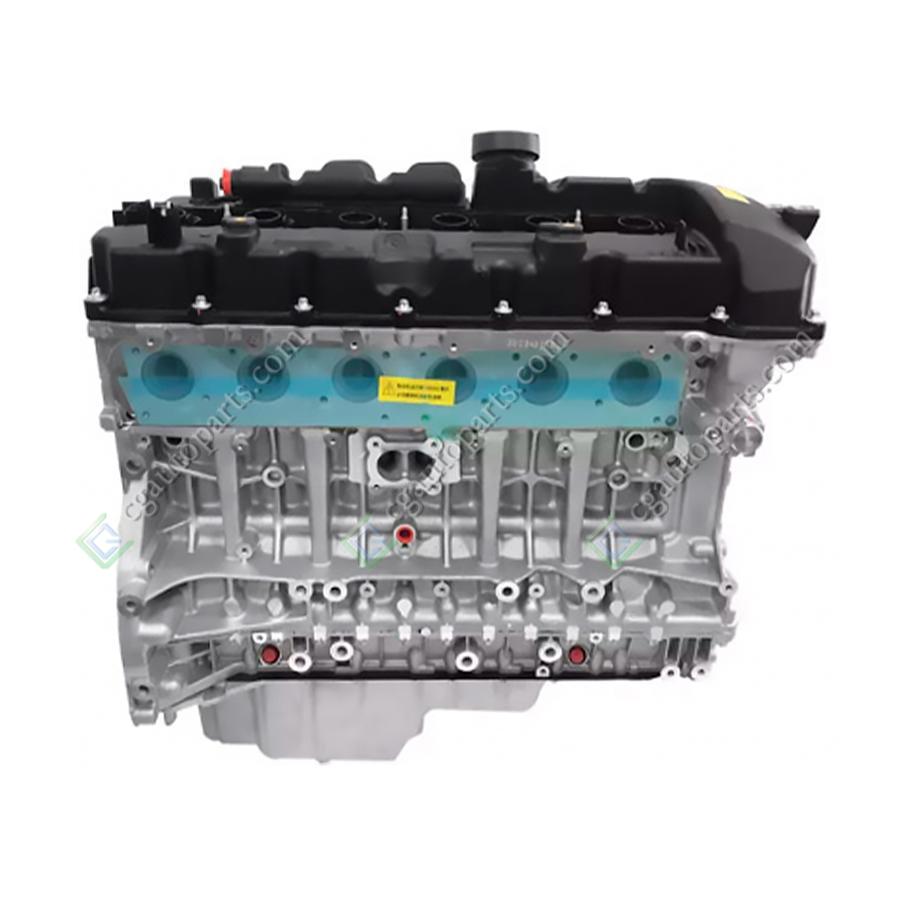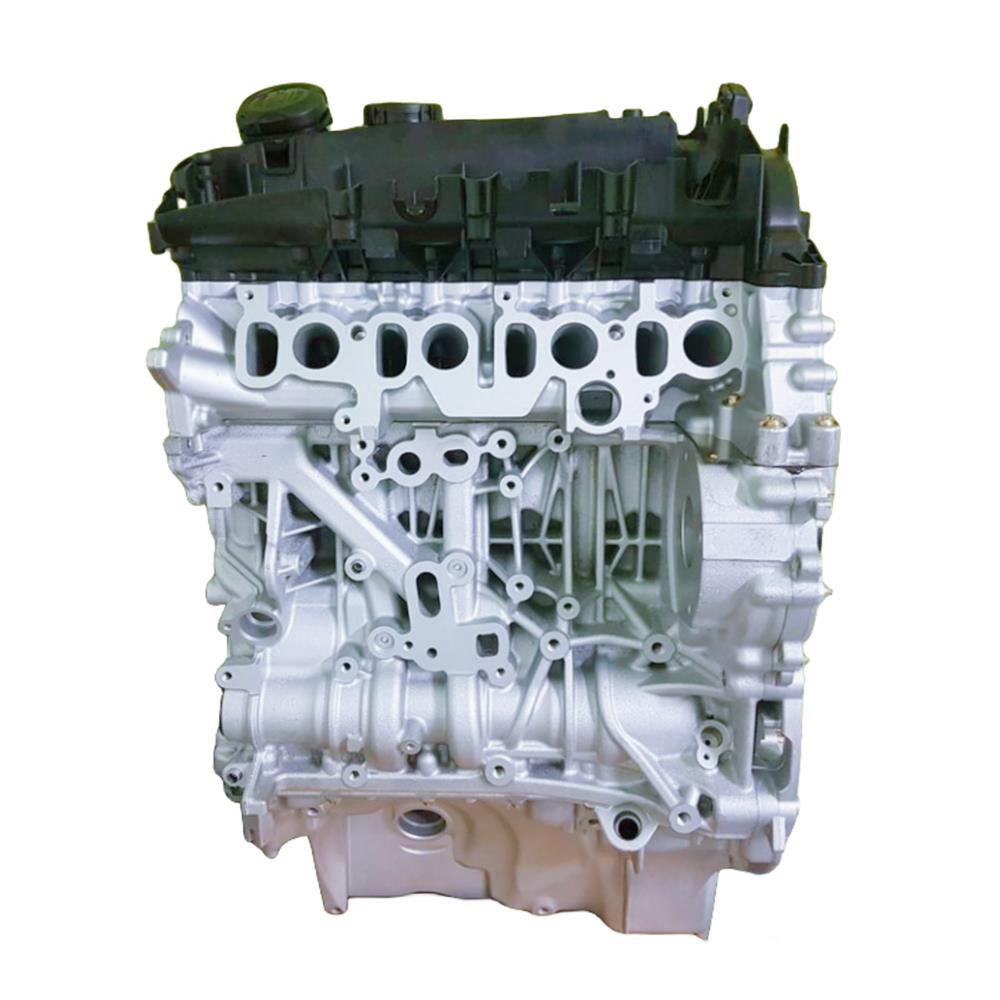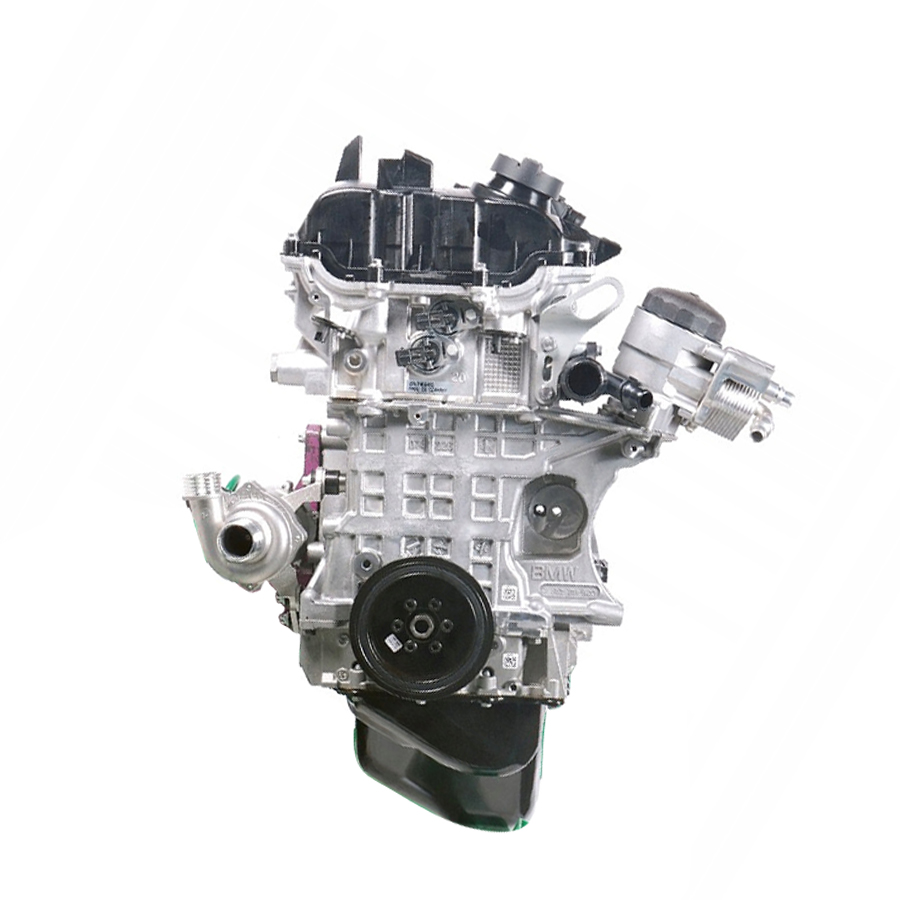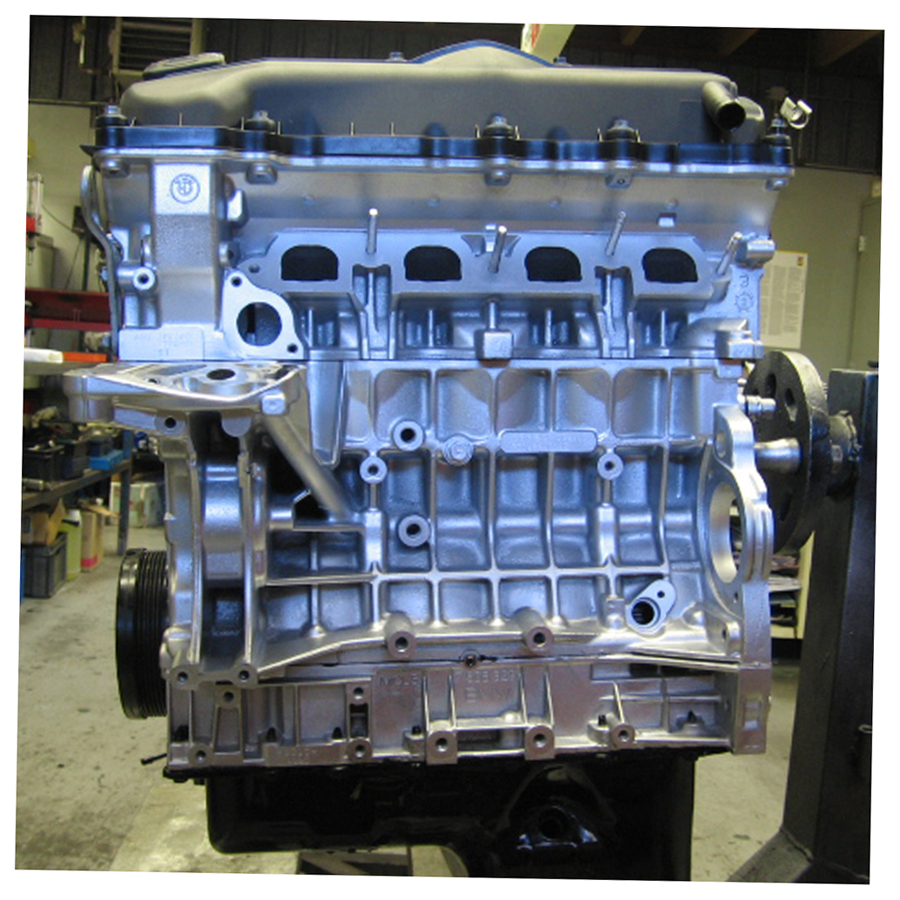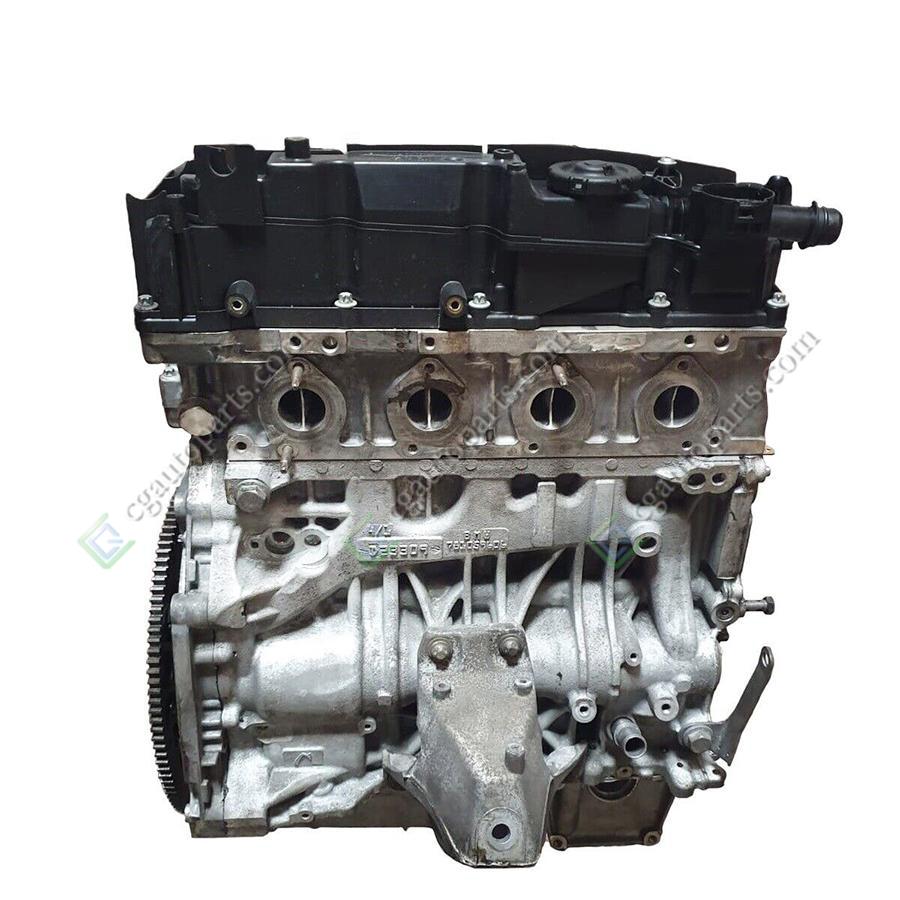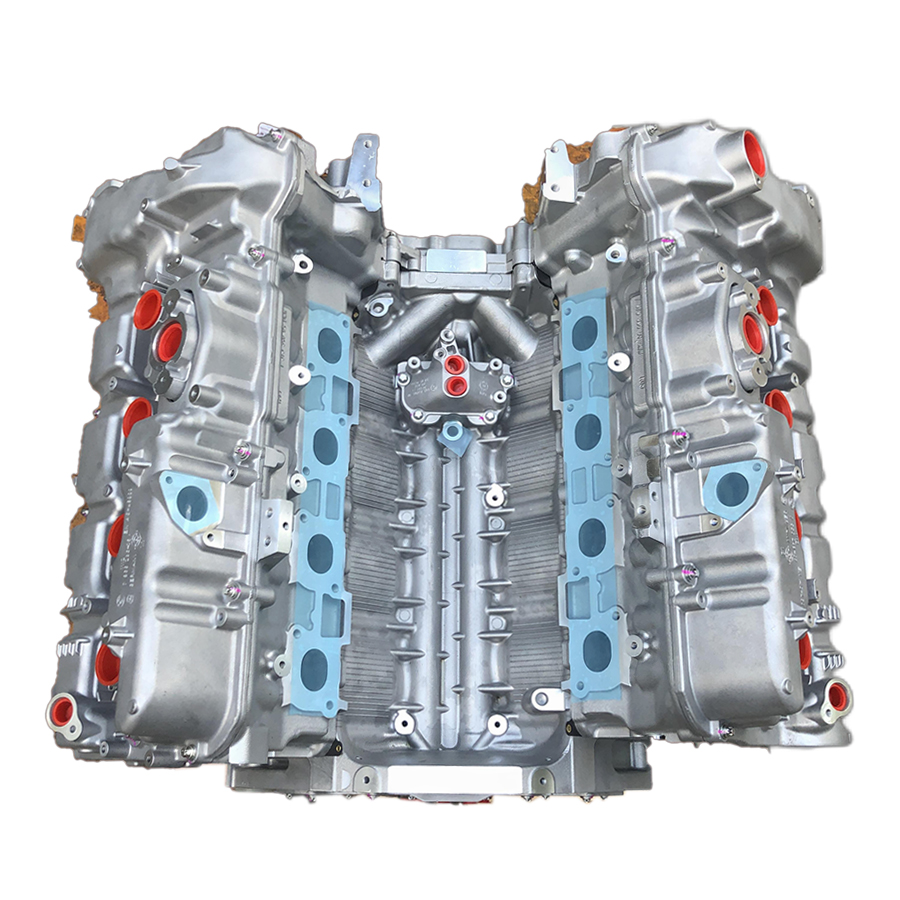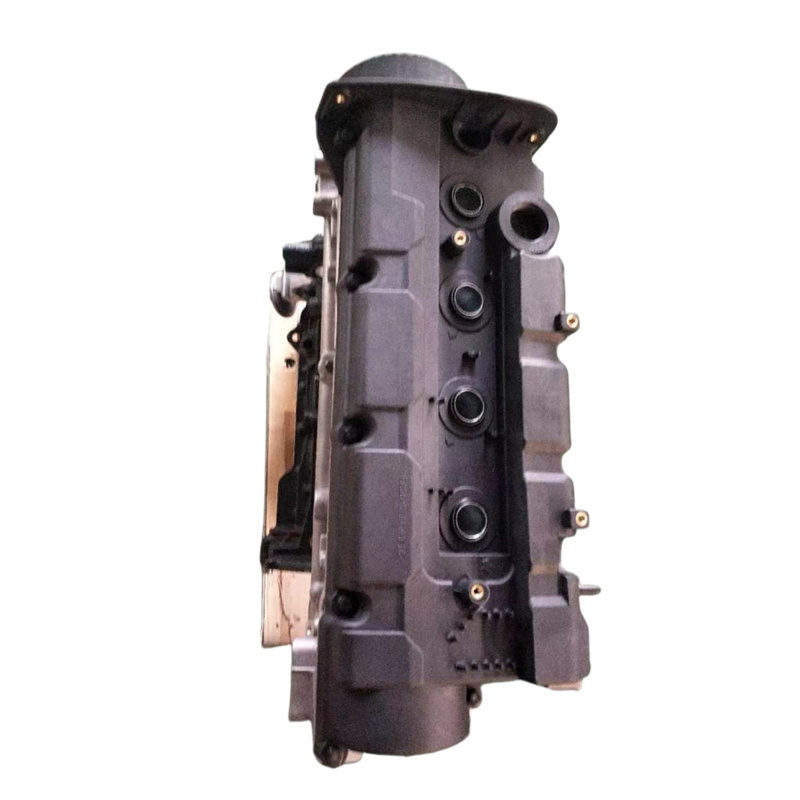COMPLETE ENGINE : Engine Hyundai-Kia G4GC
PRODUCT INTRODUCTION
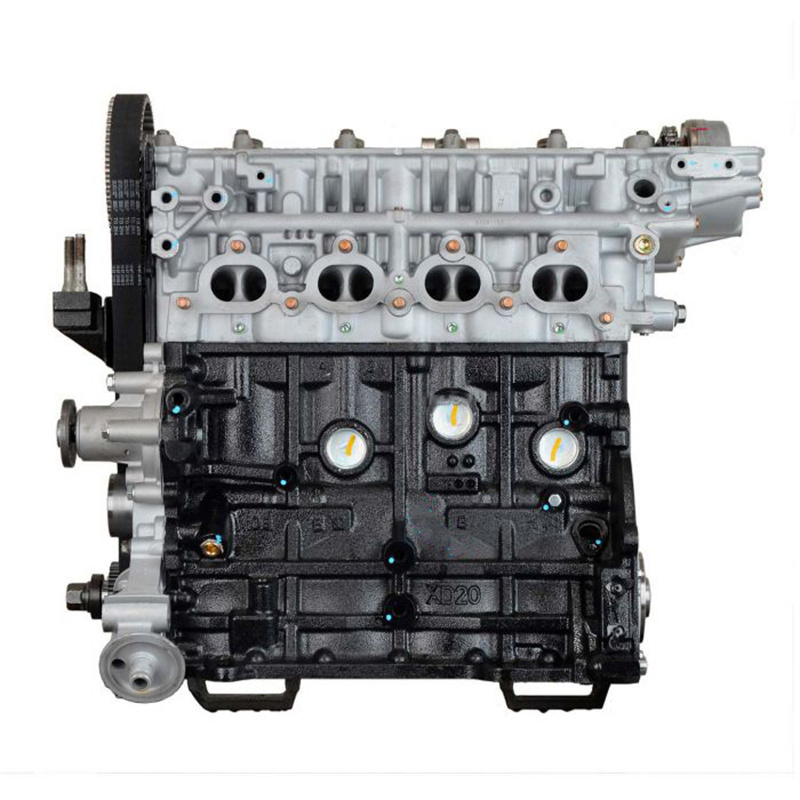
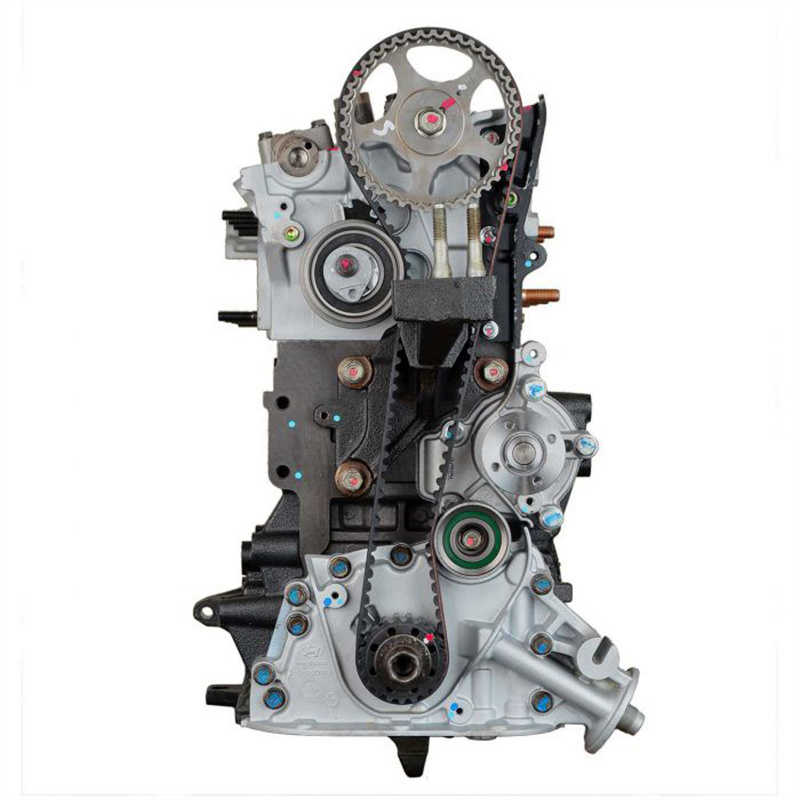
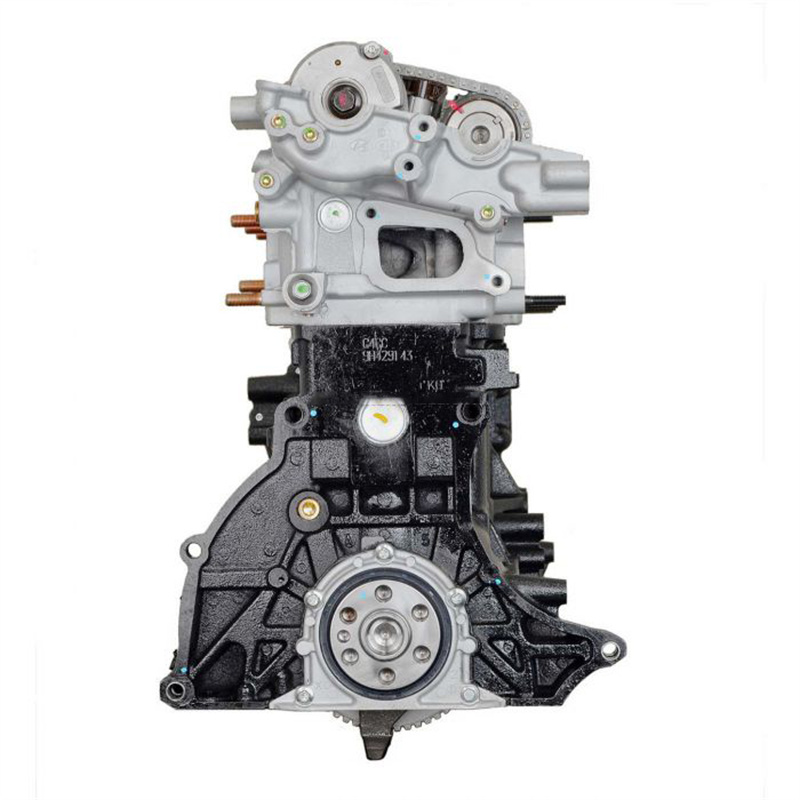


The 2.0-liter Hyundai G4GC engine was assembled at the plant in Ulsan from 2000 to 2011 and was installed on such popular models of the company as the Sonata, Tucson, Kia Seed, Cerato and Soul. This unit belongs to the updated Beta II line and has an analogue for L4GC gas fuel.

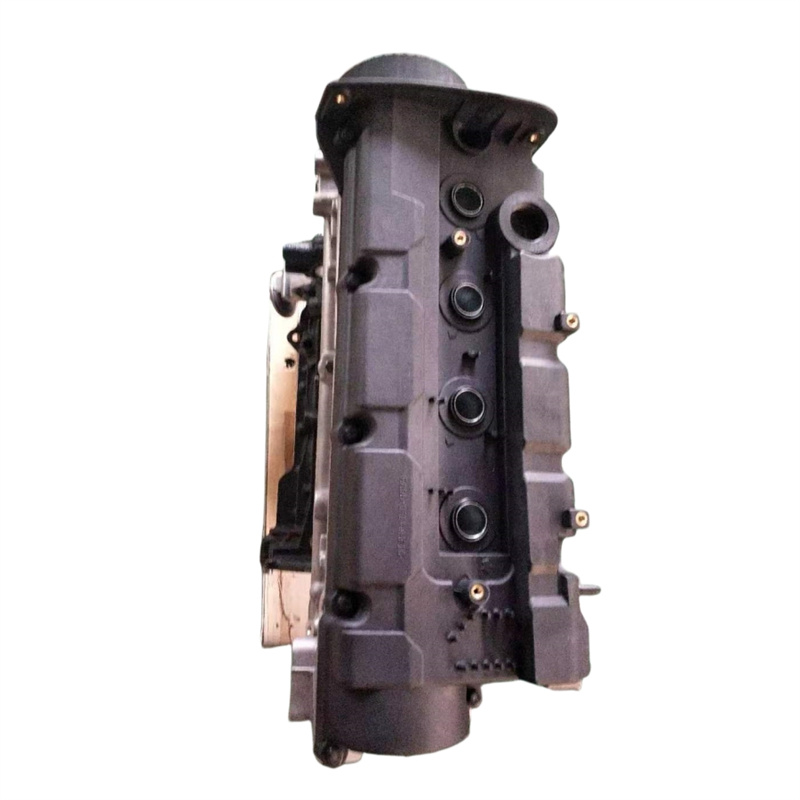

Specifications
Production years |
2000-2011 |
Displacement, cc |
1975 |
Fuel system |
distributed injection |
Power output, hp |
136 – 143 |
Torque output, Nm |
179 – 186 |
Cylinder block |
cast iron R4 |
Block head |
aluminum 16v |
Cylinder bore, mm |
82 |
Piston stroke, mm |
93.5 |
Compression ratio |
10.1 |
Hydraulic lifters |
no |
Timing drive |
chain & belt |
Phase regulator |
yes |
Turbocharging |
no |
Recommended engine oil |
5W-30, 5W-40 |
Engine oil capacity, liter |
4.5 |
Fuel type |
petrol |
Euro standards |
EURO 3/4 |
Fuel consumption, L/100 km (for Hyundai Tucson 2005) |
10.4 |
Engine lifespan, km |
~500 000 |
Weight, kg |
144 |




